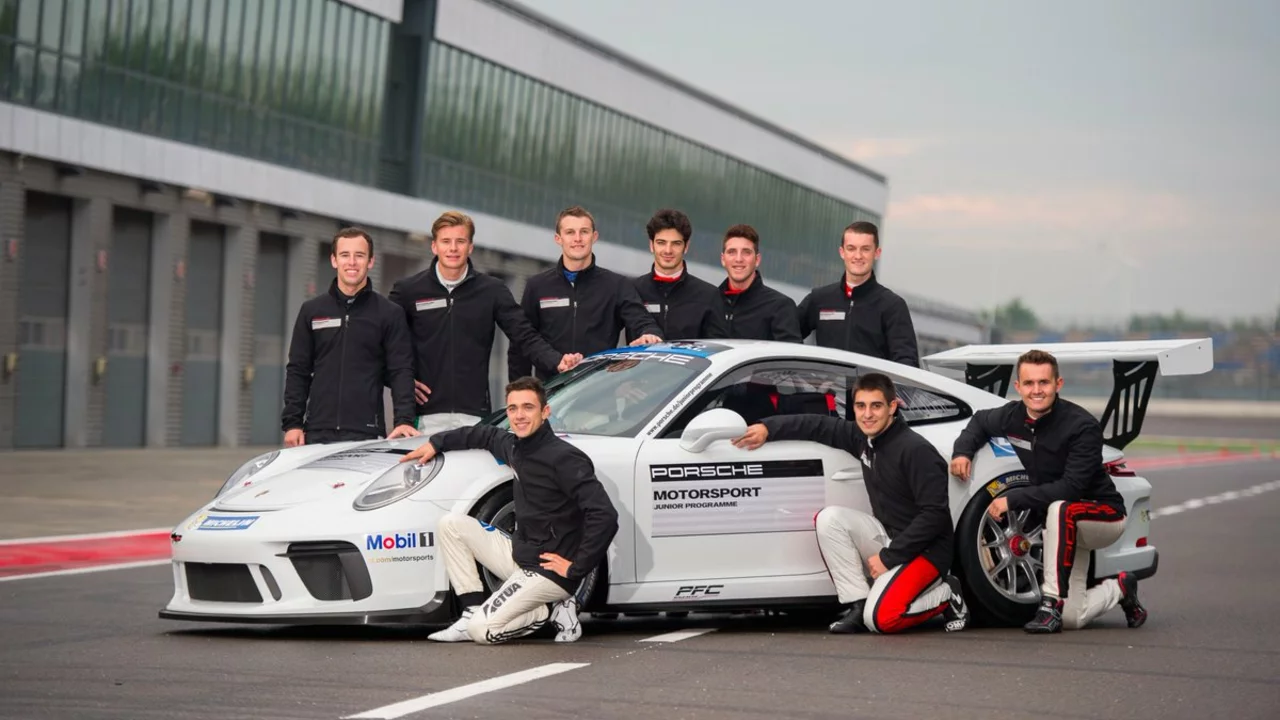Motorsport Industry Challenges: What’s Holding Racing Back?
If you love the roar of engines and the thrill of a corner, you’ve probably wondered why the sport sometimes feels stuck. The truth is, racing faces a whole set of obstacles that make growth tough. Let’s break down the biggest pain points and look at real‑world ways teams and promoters are dealing with them.
Money Matters – The Cost Crunch
First up, money. Running a competitive bike or car team costs a fortune. From cutting‑edge chassis to high‑tech data systems, every upgrade inflates the budget. Smaller outfits often run on shoestrings, which means they can’t attract top riders or test new parts. Sponsors are also more cautious after recent economic swings, so teams scramble for every penny.
One practical fix is sharing resources. Some clubs pool engines, spare parts, and even mechanics, lowering overhead for everyone. Another trick is using virtual simulations for testing. A well‑run simulator can shave weeks off track time and save thousands on fuel and tires.
Safety, Talent, and the Green Push
Safety standards have risen dramatically. Fans expect zero‑risk action, and regulators enforce stricter crash zones, protective gear, and medical response. While that’s great for rider health, it adds layers of compliance and cost. Teams must invest in safer chassis designs and constantly train staff on new protocols.
At the same time, the talent pipeline is thinning. Fewer young riders can afford the entry fees for academies, and the sport competes with e‑sports and other leisure activities for attention. To keep the talent flow alive, many organizations offer scholarships, mentorship programs, and low‑cost entry series that give beginners a taste without breaking the bank.
Environmental pressure is another biggie. Governments and fans alike are pushing for greener events. That means looking at fuel alternatives, carbon‑offset programs, and electric or hybrid bikes. Transitioning isn’t cheap, but it opens doors to new sponsorships from eco‑focused brands and can attract a younger, eco‑conscious audience.
Finally, fan engagement is evolving. Traditional TV viewership is dropping, while streaming platforms and social media explode. Teams that post behind‑the‑scenes footage, run live Q&A sessions, or let fans vote on livery designs see higher loyalty and more merchandise sales. The key is to be where the fans spend their time – Instagram, TikTok, and YouTube.
In short, motorsport isn’t just about speed; it’s a juggling act of money, safety, talent, green expectations, and fan connection. By sharing resources, embracing virtual tools, investing in safety, supporting new riders, and going green, the industry can keep the adrenaline pumping without hitting a wall.
Want to see these ideas in action? Check out our post “How difficult is racing?” – it dives deeper into the physical and mental grind that makes racing a real challenge for both riders and teams.
